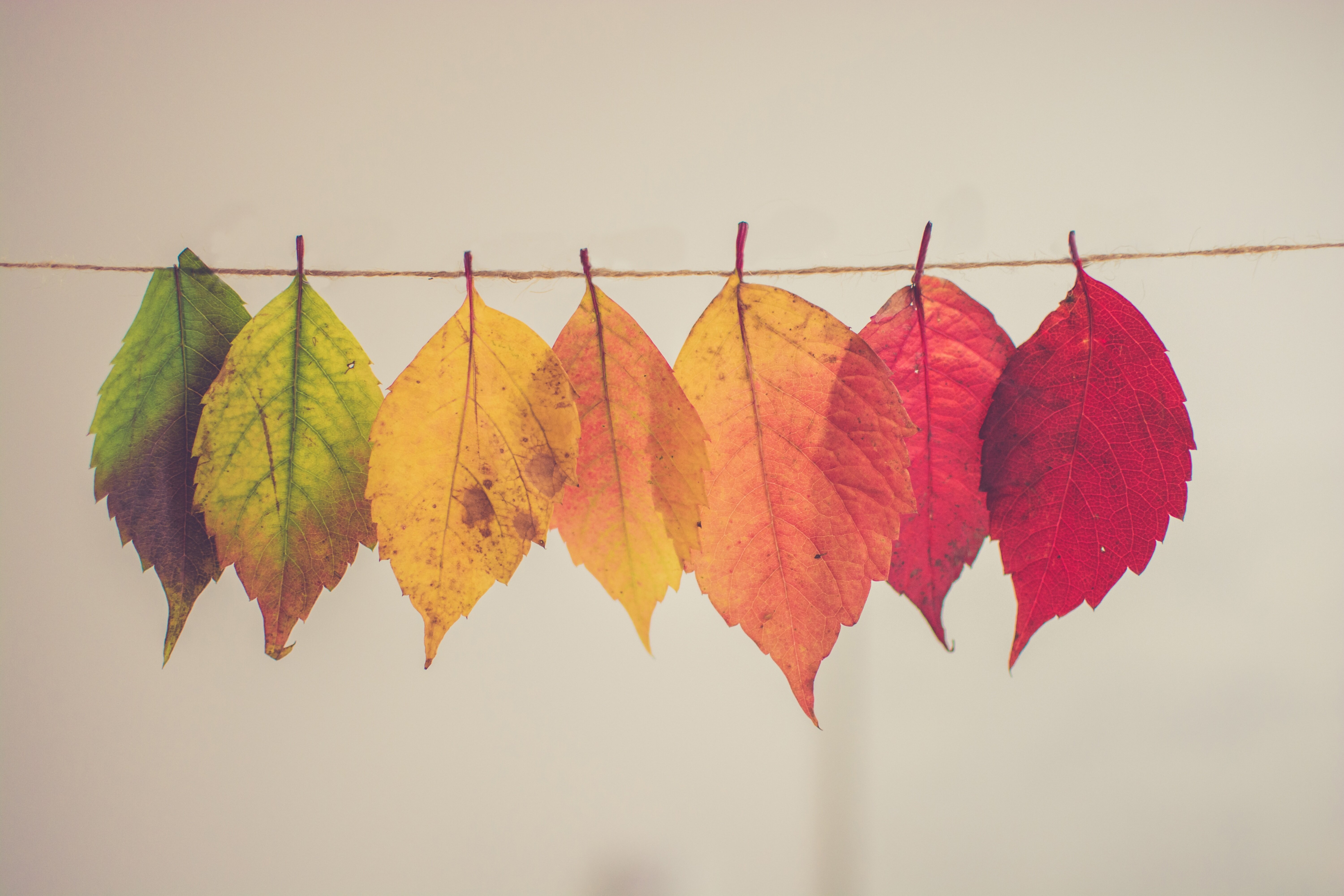Turn Black and White Photos Into Color Instantly

I was recently sorting through some old family albums, the kind with that unmistakable sepia tone or stark monochrome that whispers of decades past. It struck me, as it often does when viewing these artifacts, how much vital information the absence of color strips away. We see the composition, the light, the shadow, but the context often feels muted, locked behind a gray filter. Imagine being able to instantly restore that lost visual data, not through painstaking manual effort, but through computation.
This isn't science fiction anymore; the ability to take a static, black and white photograph and render a plausible, contextually accurate color version in near real-time is becoming a demonstrable reality. My curiosity immediately piqued: what exactly is happening under the hood when these algorithms perform this transformation? It’s more than just assigning random hues; it requires an understanding of the world as captured by the camera lens, even when that lens only registered luminance. Let's examine the mechanics of this digital alchemy.
The core challenge in colorization is that the input—a grayscale image—is inherently information-deficient. A shade of medium gray could represent anything from a deep scarlet seen under dim light to a pale azure under bright sun; the intensity data alone is insufficient to determine the original chromaticity. Therefore, these modern systems must rely heavily on learned statistical associations derived from massive datasets of paired color and grayscale images. The models are trained not just to see edges and textures, but to predict the probability distribution of colors associated with specific visual patterns, like the common green of foliage or the typical blue of a clear sky. When presented with a new grayscale input, the network analyzes the spatial relationships between luminance values, texture cues, and object boundaries that it has previously cataloged. It then attempts to map those detected features onto its learned color space, effectively filling in the missing 'a' and 'b' channels of the L*a*b* color model based on what is statistically most likely for that visual configuration. This process is inherently inferential, meaning the output is a highly educated guess, not a perfect retrieval of the original scene's spectral composition. A poorly trained or overly generalized model might assign a uniform, dull color to complex subjects, failing to capture subtle variations in skin tone or fabric weave.
The sophistication of these current transformation engines lies in their architectural design, often employing deep convolutional neural networks capable of handling very large spatial contexts. Unlike earlier, simpler methods that might have relied on patch matching against a reference library—a technique prone to mismatches if the subject matter was unique—today’s systems build a semantic understanding of the scene before applying color. For instance, the network learns that a patch identified as "road surface" usually adheres to a specific range of asphalt tones, whereas an area identified as "human hair" requires a much broader, context-dependent palette. Furthermore, attention mechanisms within these larger architectures allow the system to weigh the importance of certain visual features over others during the prediction phase, helping to resolve ambiguities where multiple objects meet. If the input image has slight noise or blurring, the system must decide whether to smooth over that ambiguity with a probable average color or risk introducing artifacts by attempting to colorize the noise itself. It's a delicate balancing act between fidelity to the input texture and chromatic plausibility for the inferred objects. Observing the results, one realizes we are witnessing a machine constructing a plausible past based purely on statistical memory of the present.
More Posts from colorizethis.io:
- →Did You Know Black and White Photos Were Never Just Black and White
- →Unlock the Hidden Beauty of Your Black and White Family Photos
- →Our Favorite Photo Restoration Software And Colorization Secrets
- →Breathe New Life Into Your Most Cherished Memories
- →See History In True Color For The First Time
- →Discovering the True Colors of Early Antarctic Exploration